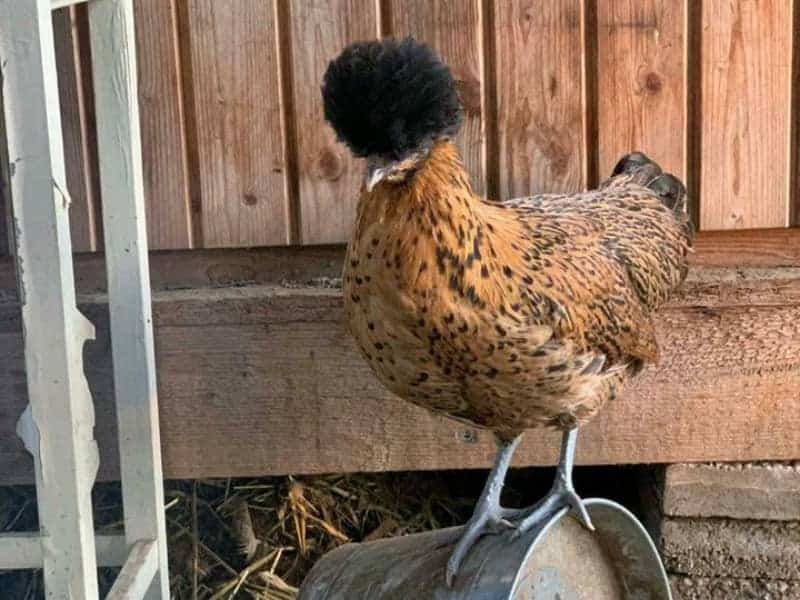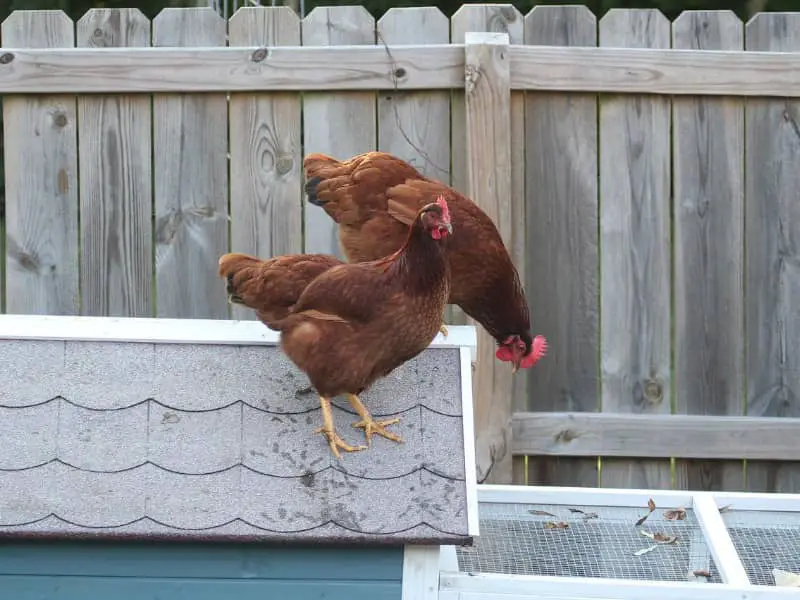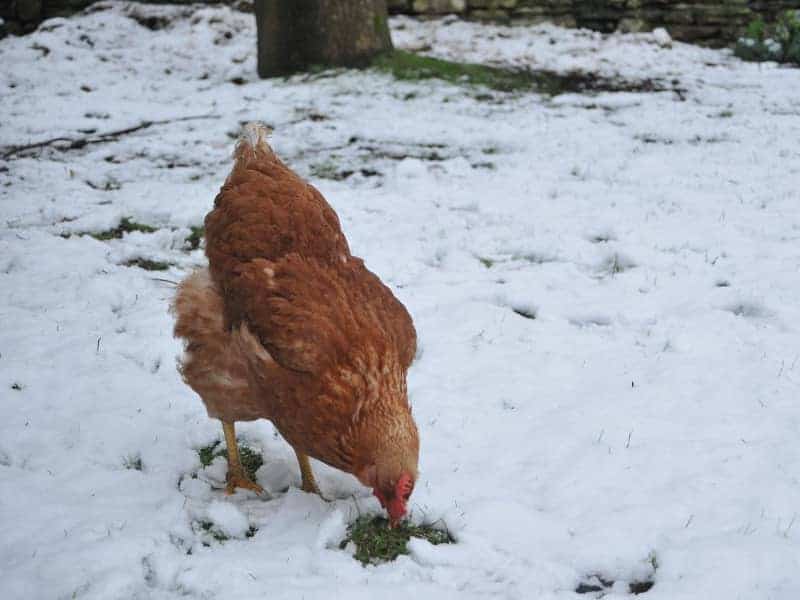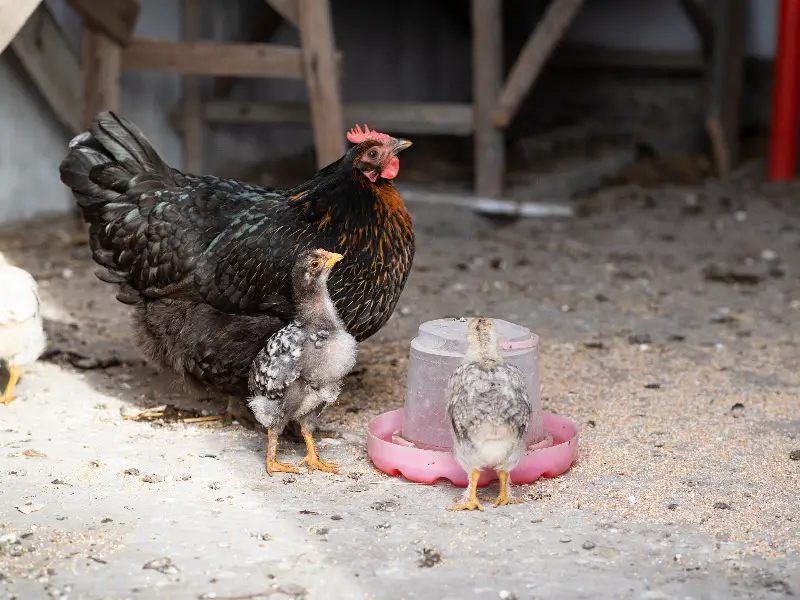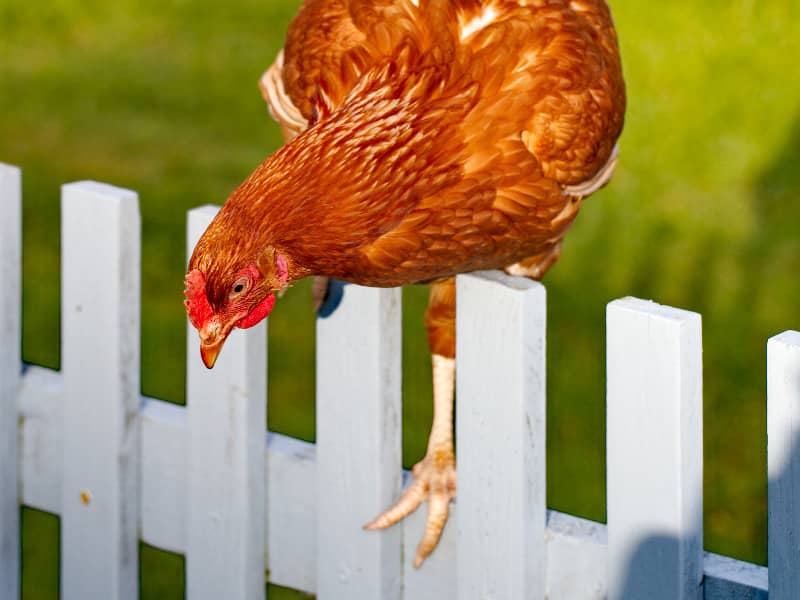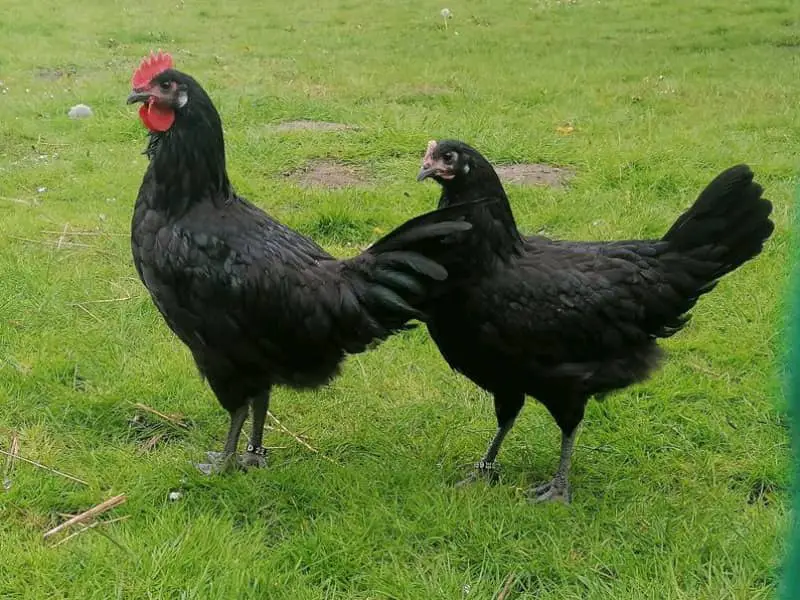
Barbezieux chickens
This breed of chicken was named after a French town Barbezieux in the department of Charente-Maritime. Barbezieux chickens have an exceptional size and are among the largest chickens in Europe. For breeders, these chickens are something special, but to the chagrin of German breeders, they are recognized only within the French and Belgian standards.
The chickens have exceptional meat and egg production. That is why they are called dual-purpose breed. They do not require any special feed or husbandry. They can be kept like normal laying hens with a lot of free range, but due to their body size and weight they need larger laying nests and also the perches may need to be larger.
Barbezieux chickens - Features
The Barbezieux exist only in the black color variant. The chickens were first described around the year 1850, as they still look today. Since 1907 they are recognized in the French studbook and have a certain distribution especially in the southwest of France. Among chicken keepers, this breed of chickens is now rarely used and therefore they are mainly found among breeders.
The hen weighs up to 3.5 kg and on it up to 4.5 kg. The laying performance with 170-200 eggs a year is high. The eggshell color is white, yellowish to light brown and the weight of an egg is between 75 and 100 g. Regularly, older Barbezieux hens also lay eggs weighing more than 100 g. Barbezieux chickens become sexually mature at 5-6 months, roosters at 6-7 months.
For breeding are used only the largest roosters with broad shoulders and a distinctive white ear disc. Breeding and rearing of this breed of chickens is easy and succeeds even novice breeders. The breed has a large simple comb with broad teeth, joined by a large wattle. The eyes are dark and the animals have an extremely strong beak.
The ear discs are pure white in all animals and the plumage is glossy black. The feet (legs) are dark gray. The body is large and elongated and has a pronounced tail with a broadly applied feather structure. Especially the large roosters appear so particularly proud and sublime.
Barbezieux - the origin
As have mentioned above, the animals come from and are rooted in the region of the city of Barbezieux. A relationship with the chicken breed Marans is assumed. This comes from the immediate neighboring region and has a similar appearance of the body shape, but not the size. Some breeders and book authors believe that Spanish chicken breeds have an influence in these animals.
In 1860, the first time a Barbezieux chicken was awarded a first prize at a poultry show. After that, the chickens had a great popularity among breeders in France, because they not only laid large eggs, but also could serve as a source of meat. However, after the First World War, these chicken breeds were displaced by special meat breeds.
Towards the end of the 20th century, Barbezieux chickens were considered extinct. The remaining chickens of this breed all originate from a single strain. Fortunately, some breeders have been found who preserve this breed and continue to delight us with these exceptional chickens.
Author

-
Garden animal - A life with nature
Welcome to my animal blog! My name is Dirk and I am happy to take you on my journey through the fascinating world of animals and gardening.
Born 54 years ago, I have had an insatiable curiosity for the animal world around me since childhood. Although I have moved professionally in other industries, my true passion has always been animals and nature. It is remarkable how a small garden has become such an important part of my life.
Many of my fondest memories are associated with the animals that share our home. Whether it's the curious squirrels that scurry across the trees in the morning, the colorful variety of birds that visit our feeders, or the busy bees and butterflies that pollinate our flowers, every moment with them is invaluable to me.
This blog is my contribution to share my experiences, discoveries and insights with like-minded people. Here I will share stories of unforgettable encounters with animals, give tips on gardening and creating wildlife-friendly habitats, and take you on my journeys through nature.
Thank you so much for being here!
Cordial,
Dirk aka garden animal
Last posts
- 27. February 2024PetsVeganes Hundefutter – Grün und Gesund?
- 18. January 2024ChickensOregano für Hühner
- November 27, 2023HamsterDiurnal hamsters
- November 24, 2023HamsterHamster hammock

